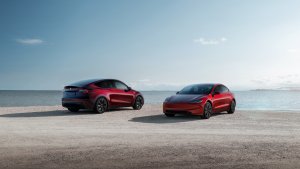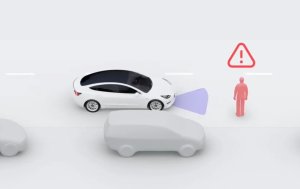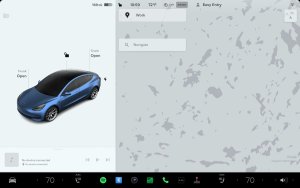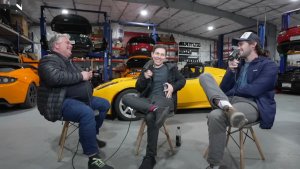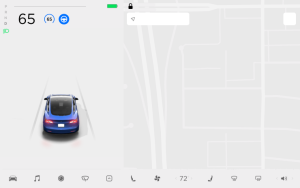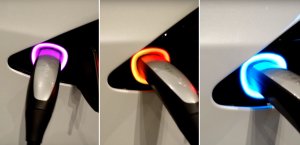Musk: Grok AI Arriving in Teslas Next Week
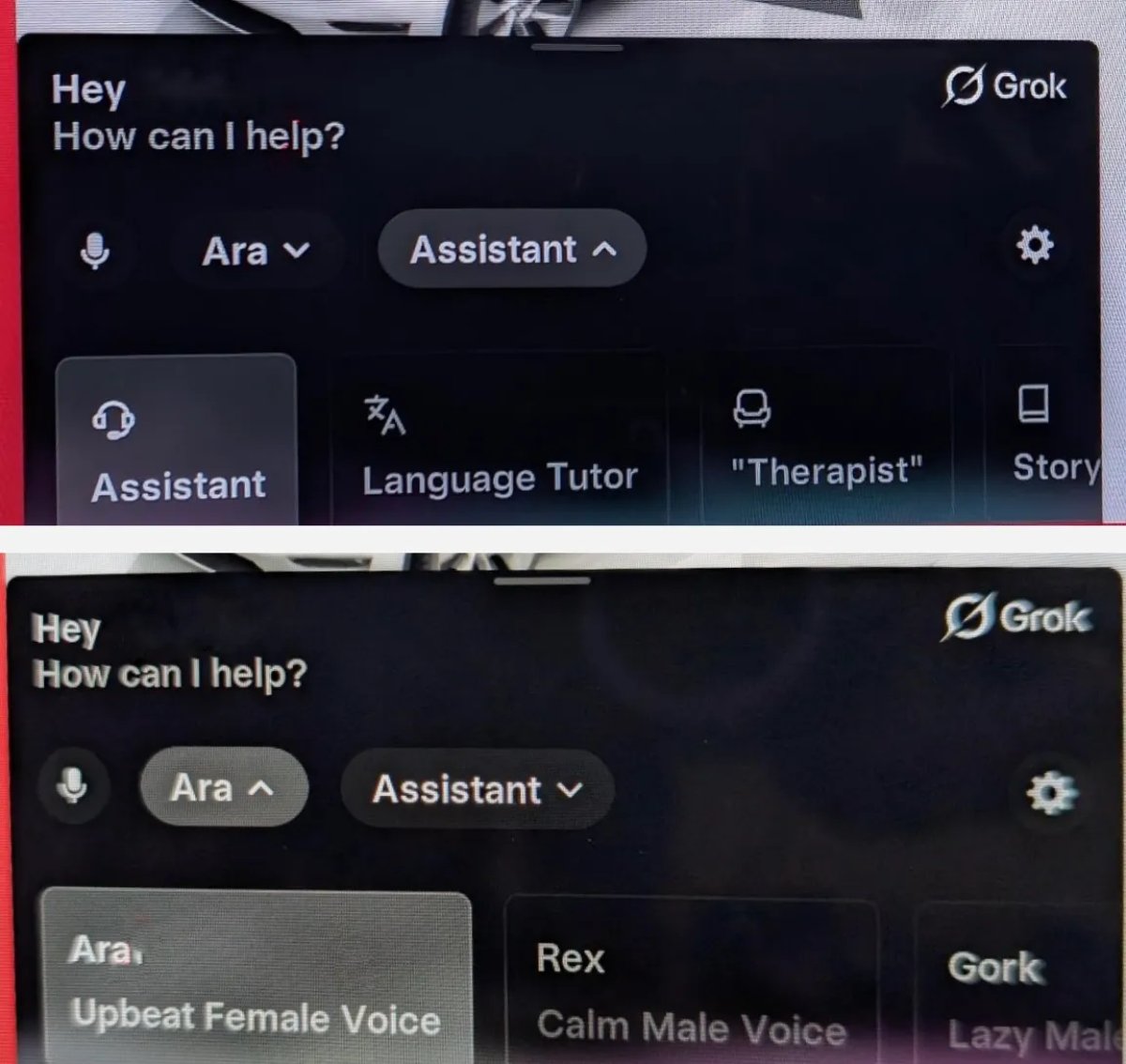
We’ve been hearing about Grok, xAI’s AI assistant, coming to Teslas for almost two years now, but this is finally coming to fruition soon. XAI unveiled Grok 4 last night, but the entire stream didn’t mention Teslas. However, Musk later posted on X that Grok will arrive in Tesla vehicles “by next week.”
Between leaks and the Grok mobile app, there’s a lot we already know about Grok, but there are a few missing pieces that will be cleared when it finally arrives.
Next Week, or Next Next Week?
Musk said that Grok would arrive by next week, meaning it could arrive before then. However, based on how Musk typically states Tesla timelines, there are a few things to consider that give us a better idea of what to expect.
First, whenever Musk posts a Tesla timeline on X, he typically means when it’ll be released to employees and not a public release. Expect this to be the same thing.
Tesla releases software updates to employees first for a final round of testing before starting a gradual release to the public. Sometimes issues are found, especially with FSD updates, and the update needs some fixes before being released publicly. So expect employees to get it by next week, and not necessarily normal Tesla owners.
The second part to this is that Tesla always rolls out their updates gradually, so when it does finally arrive, it’ll only be available on a small percentage of vehicles. Tesla will gradually monitor issues and logs, continuing the rollout as long as no major issues are found.
Which Software Update?
The entire Grok UI was already included in software update 2025.20, but it’s not exposed to users. Typically, a new feature like Grok requires a vehicle update to be added; however, this version may be different, as it’s locked behind a server-side configuration.
The Tesla app was recently updated to support logging in to Grok, so it appears that all or most of the necessary pieces are already in place.
Tesla likely has the ability to enable it for all supported vehicles with a simple switch. However, we feel more confident in it being rolled out in Tesla’s next major update, which is likely to be 2025.24 or 2025.26. Rolling it out in a new update aligns with how Tesla has historically introduced features.
If they turned it on for everyone at the same time, they could be exposing everyone to potential new issues, rather than only a smaller segment of users. While Grok is now well-tested through X and the Grok app, there are several elements that are new in Teslas, likely including the ability to control various vehicle functions, such as opening the glove box or other capabilities that voice commands are currently capable of. The Grok interface in the vehicle is also entirely new and may have some bugs associated with it that will need to be addressed, especially if they impact other features.
What we can likely expect is that Tesla will make some tweaks or bug fixes to Grok with the next major update that weren’t included in update 2025.20 and they’ll begin rolling it out to employees and then customers.
Supported Vehicles
Speaking of supported vehicles, thanks to the behind-the-scenes look at Grok, we have a good idea of the vehicles that will be supported. Tesla uses the same code for most of its vehicles, but then it’s compiled for each type of hardware. However, only the needed code is compiled for each vehicle, meaning that some pieces are left out entirely. Unfortunately, Grok code is not included in Intel software builds, meaning that only AMD Ryzen-based vehicles will receive Grok, at least initially.
We’ve seen Tesla go back and add support for Intel vehicles after it initially released a feature for AMD vehicles. We saw this with the weather radar overlay and several other features in the past. However, Tesla has been developing code with web technologies lately. While this makes development easier, it just doesn’t perform as well on the slower Intel hardware, causing it to be left out. We saw this with the new Dashcam Viewer, which is entirely coded in HTML, CSS, and JS. The new viewer was available on HW3 and HW4 vehicles, but only those that included the Ryzen infotainment processor.
Grok is coming to Tesla vehicles very soon. Next week at the latest.
— Elon Musk (@elonmusk) July 10, 2025
What to Expect
There’s a lot we’re expecting in Grok for Teslas. Some people will absolutely love it because it’ll completely transform their drives from a singular experience to feeling like they have a knowledgeable person sitting right next to them. Given the recent controversies surrounding Grok, some people will strongly oppose it. Hopefully, Tesla makes it easy for those users to turn off Grok.
The voice command system, which is activated through the steering wheel, is expected to be replaced with Grok. This will mean that you’ll be able to talk to your vehicle much more naturally, rather than having to remember specific syntax and commands, which should be a major improvement.
We’re personally looking forward to just being able to ask questions that pop into our heads while driving, such as What’s the date of Tesla’s next event, or How many miles away is Mars? Knowledge will be available at the touch of a finger and more accessible than ever.
Grok is also expected to support continuous conversations, meaning that you’ll be able to hold a conversation with it and go back and forth about a certain topic. While there are hints of a wake word in the code, for now, it seems like you’ll press the steering wheel button once to activate it, and then again to turn it off.
For those excited about AI and Grok, this will be one of the biggest additions to Tesla’s software in years, possibly only rivaled by the Dashcam / Sentry Mode feature and FSD Beta.
It shouldn’t be long now before we all have a chance to try it out for ourselves.











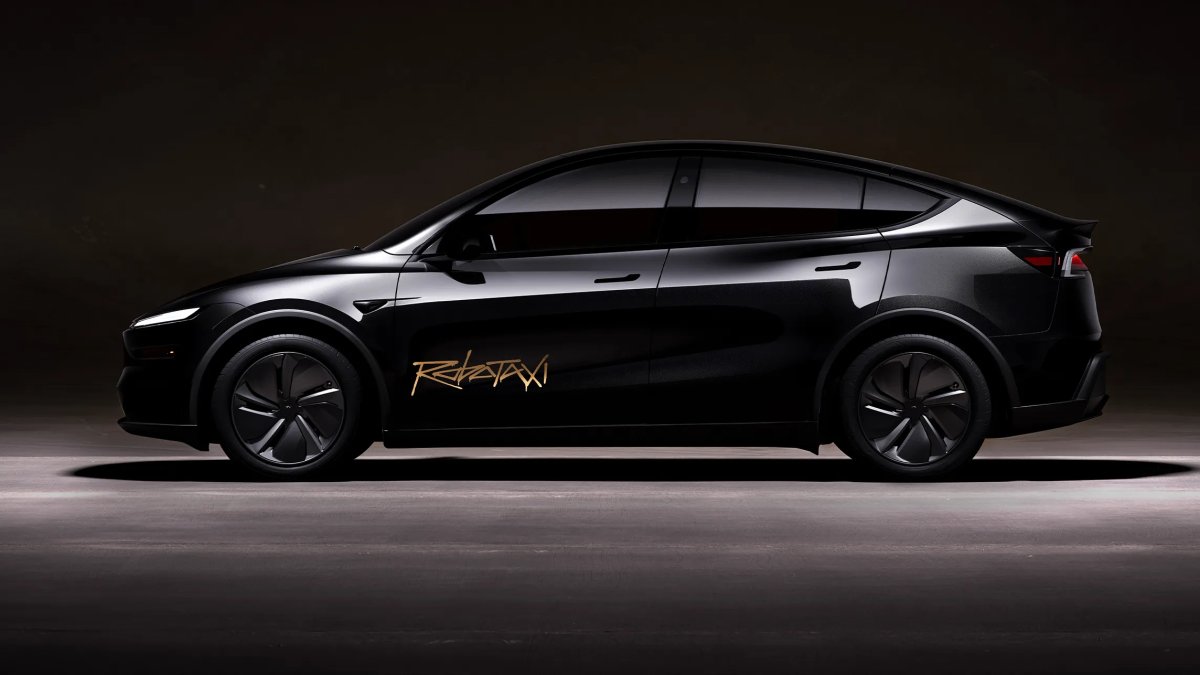
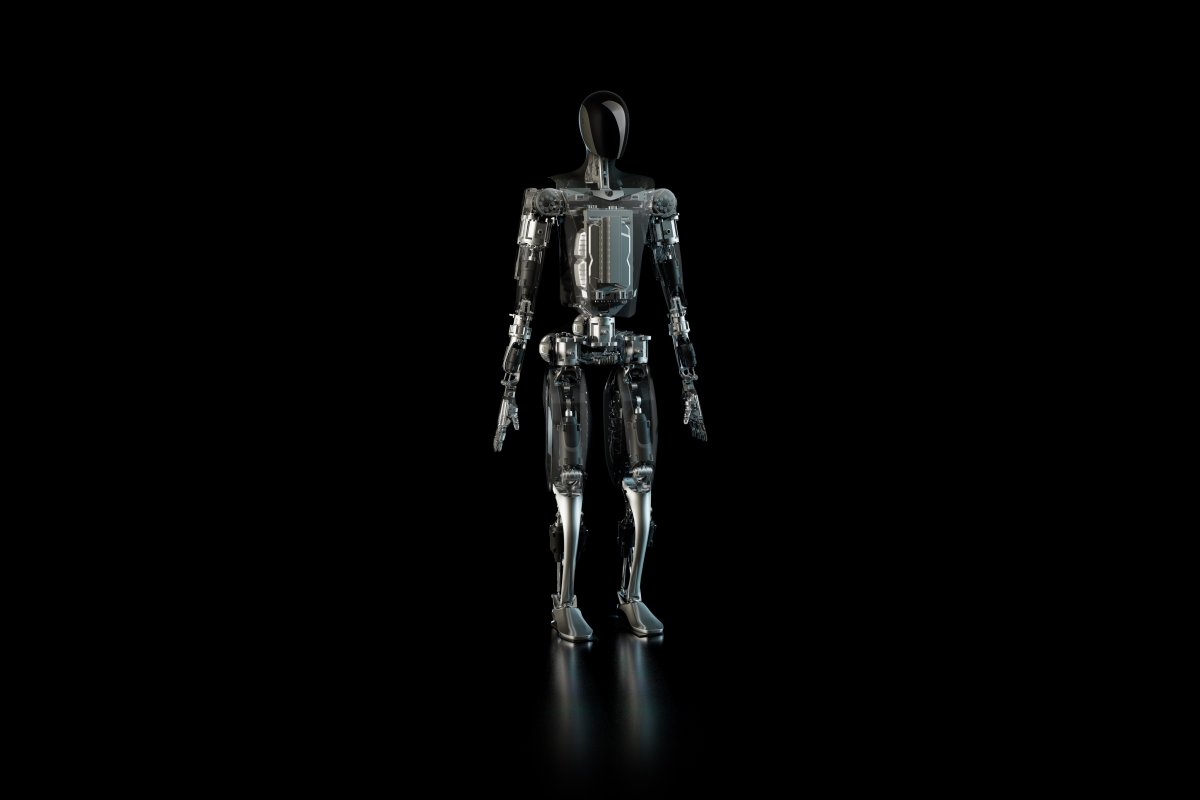
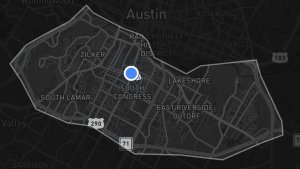


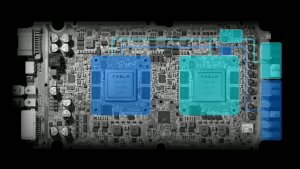
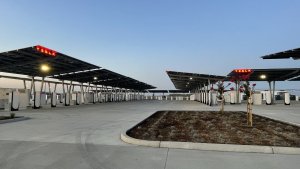

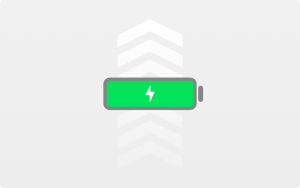
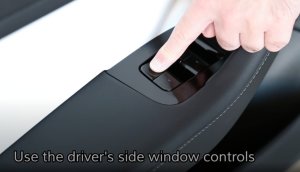
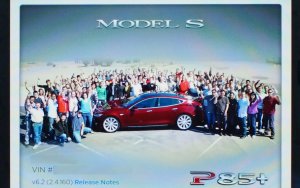

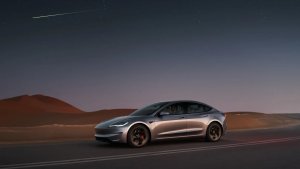
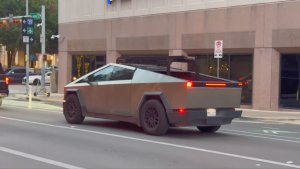
![Tesla Updates Robotaxi App: Adds Adjustable Pick Up Locations, Shows Wait Time and More [VIDEO]](https://www.notateslaapp.com/img/containers/article_images/tesla-app/robotaxi-app/25-7-0/robotaxi-app-25.7.0.webp/4ac9ed40be870cfcf6e851fce21c43b9/robotaxi-app-25.7.0.jpg)
